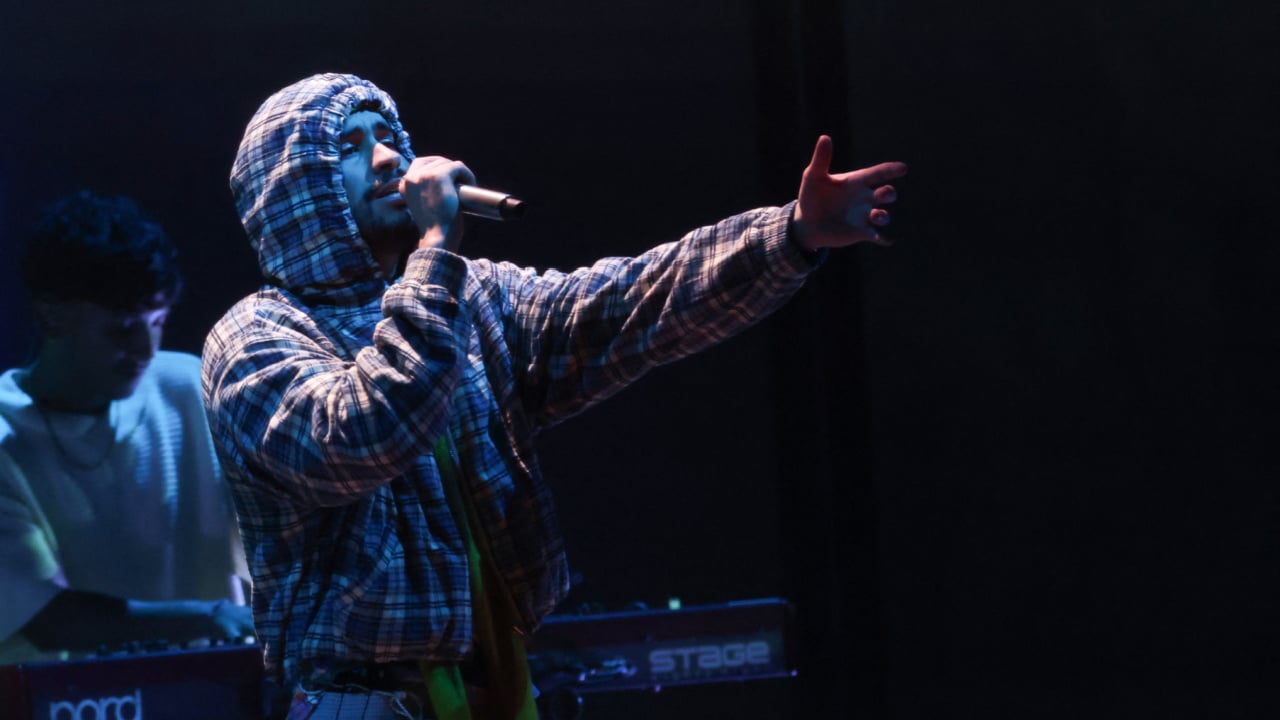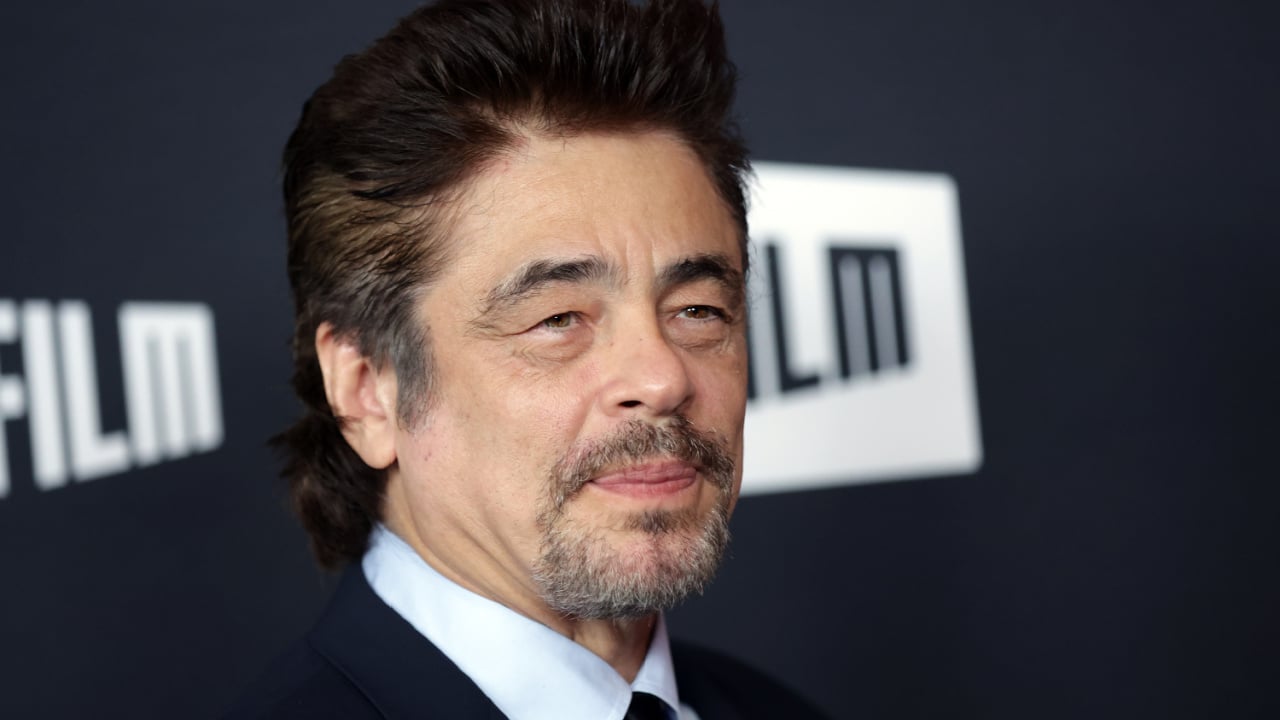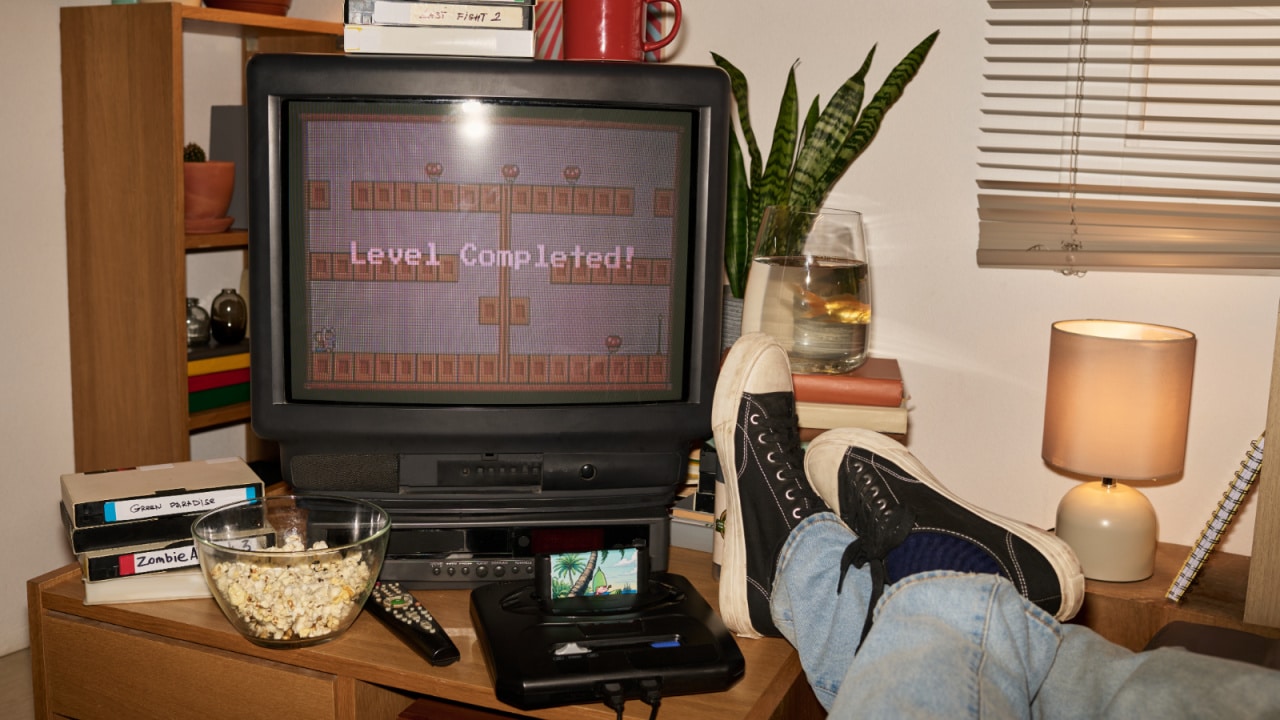Bad Bunny Brings ‘El Chavo,’ Spanish, and Latinidad to SNL, And Dares America to Keep Up
The sketch looked like pure nostalgia. Then it felt like a thesis. Bad Bunny walked into Saturday Night Live’s season premiere with a Quico pout, a Spanish-first monologue, and references that asked millions of viewers to sit with Latino culture instead of skimming past it. The result read like strategy as much as stardom.
Bad Bunny opens in Spanish and ties SNL to the Super Bowl arc
He used the monologue to reframe his Super Bowl moment and the ensuing debate. “I’m very happy, and I think everyone is happy about it, even Fox News,” he joked. Then he switched to Spanish, dedicating the stage to “all the Latinos and Latinas across the world, and here, in the United States,” calling the halftime slot “more than an achievement for myself” and “an achievement for all of us,” before adding in English, “If you didn’t understand what I just said, you have four months to learn.”
The NYT’s argument: the NFL understands the crowd Bad Bunny brings
Molly Jong-Fast made a blunt case in The New York Times: the NFL picked Bad Bunny because “woke is good for business.” She backed it with the league’s donor reality and still argued that the halftime choice makes commercial sense in a polarized market.
Her column also traced the political heat surrounding the pick, citing Corey Lewandowski’s warning that ICE would be present at the game and pointing to Bad Bunny’s decision to avoid U.S. tour stops due to concerns for fans. That framing matters here. It explains why SNL leaned into Spanish, pride, and recognizably Latino references. The show isn’t just chasing a trend. It’s aligning with the same audience logic that put him at the Super Bowl.
Bad Bunny turns El Chavo del Ocho into a crossover lesson
The night’s headline sketch translated a Mexican classic for a live American stage. Marcello Hernández played El Chavo, Bad Bunny played Quico with the character’s puffy-cheek scowl, and Sarah Sherman played La Chilindrina. Andrew Dismukes appeared as Don Ramón, Chloe Fineman as Doña Florinda, and Kenan Thompson as a version of Señor Barriga named Mr. Stomach. Jon Hamm popped in as Profesor Jirafales. Furthermore, the team carried over slapstick cues that Latin American viewers know by heart, such as Hernández’s barrel cry, while adapting the dialogue into English.
In this way, SNL tapped a live vein, then asked non-Latino viewers to meet it halfway.
Nostalgia doubles as growth strategy
The premiere kept stacking cross-demo signals. The episode brought a brunch sketch tied to Netflix’s KPop Demon Hunters, with the actual vocal trio Huntrix making a cameo. That wink only works because the film surged into Netflix’s most-watched tier this year. NBC News framed Bad Bunny’s hosting return against his February halftime stage and cast the episode as a promotional hinge between TV’s biggest live tentpoles. The NYT op-ed tied those moves to a broader media truth: identity-forward programming brings audience. That’s not a moral claim. It’s a ratings argument.
Bad Bunny makes language the joke and the syllabus
The most inside-baseball moment was also a grammar lesson. Alongside Hernández, Bad Bunny took part in a mock origin story for Spanish. Bad Bunny and Hernández decree that “every word is a boy or a girl.” Benicio del Toro walks in to pitch formal and informal “you,” roll the letter R forever, and recommend siesta. NBC News also highlighted del Toro’s cameo and the meta riff on Spanish rules. It played like a loving roast. It also handed millions a primer on the mechanics that shape bilingual homes.
Critics called the show soft. That tension is part of the read
Zach Vasquez at The Guardian called the opener “mostly toothless,” said the political edge dulled after the cold open, and described the Chavo bit as flat in the room until Hamm arrived. That pushback is useful. Translation is hard. Turning a Latin American staple into live sketch comedy for a broad U.S. audience will produce friction. The episode sits inside that friction and still chooses to teach.
Bad Bunny keeps connecting culture to the biggest American stages
Here’s the through line. He addressed the Super Bowl controversy in two languages. He carried a Mexican sitcom into Studio 8H. He folded a Netflix juggernaut into a punchline. From NPR to NBC News, everyone captured the monologue and the political frame.
So the SNL premiere wasn’t just skits. It was a playbook: Use nostalgia as an invitation; then keep Spanish unfiltered. Center icons that raised us. Then measure the response on the platforms that run on scale. Bad Bunny is doing all three. And the most powerful institutions in American entertainment are writing him into their biggest nights because the numbers and the crowd keep proving the point.



